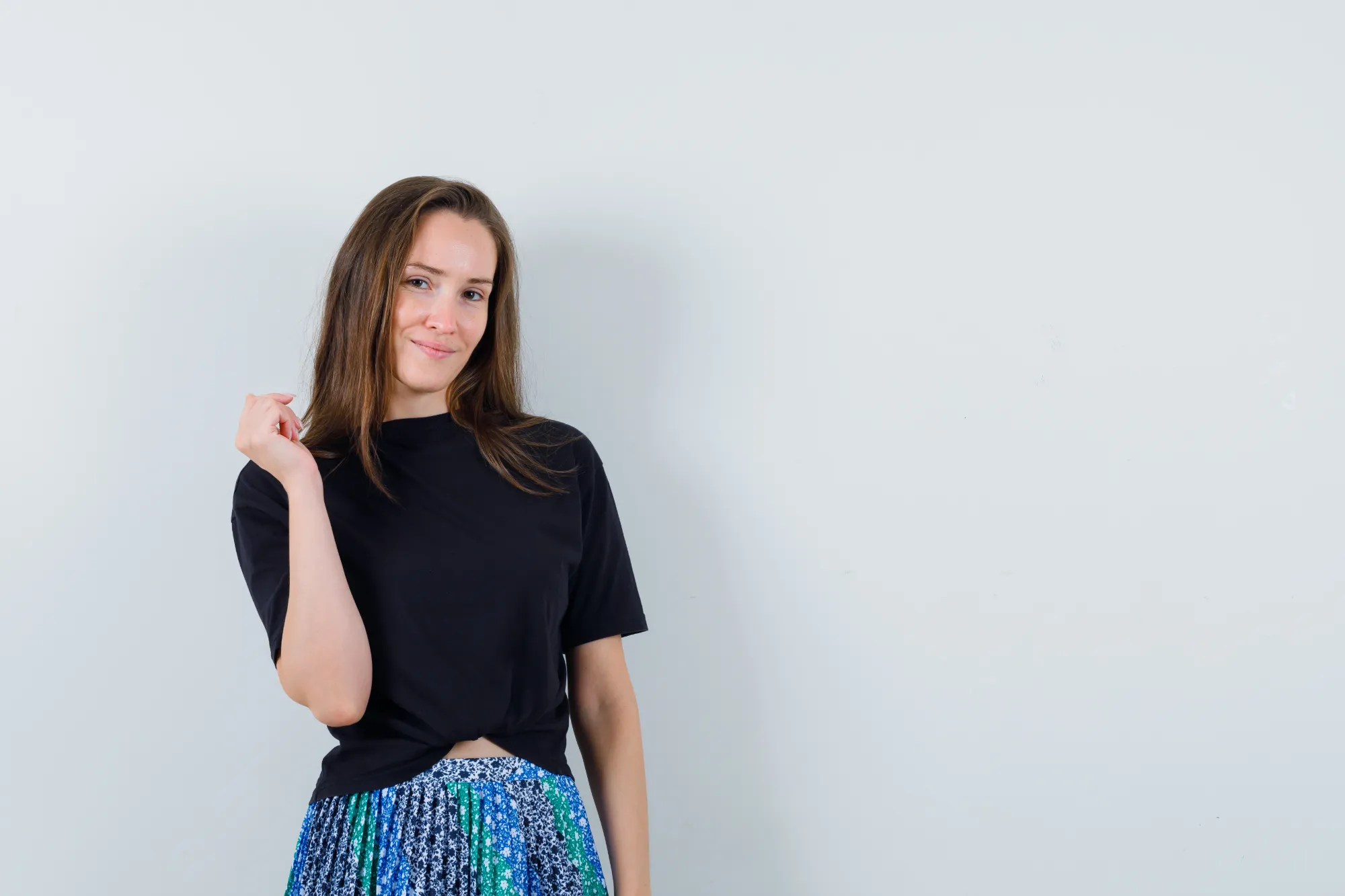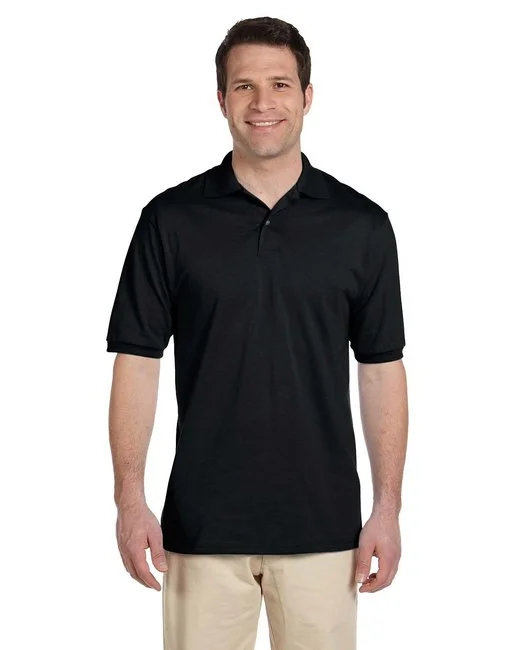Are Cotton T-Shirts Good for Workouts? A Comprehensive Analysis

Choosing the right workout gear isn’t just about style—it’s about functionality and comfort. The age-old question of whether cotton t-shirts are suitable for exercise divides opinions. While some appreciate their softness and natural feel, others criticize their tendency to absorb and retain sweat.
This article explores the properties of cotton, compares it to synthetic materials, and provides a thorough analysis to help you make an informed decision about your workout apparel.
Properties of Cotton in Sportswear
Composition and Characteristics of Cotton
Cotton, a natural fiber derived from plant material, is known for its softness, breathability, and comfortable texture. Its high moisture absorption makes it ideal for clothing that comes into direct contact with the skin. However, this same property can become a disadvantage during workouts as it retains moisture, leading to discomfort.
Advantages of Cotton During Exercise
- Unmatched Comfort: Cotton’s softness makes it a great choice for individuals with sensitive or easily irritated skin.
- Breathability: Allows proper ventilation during low-to-moderate-intensity activities.
- Hypoallergenic: Being a natural material, it’s less likely to cause allergic reactions.
Disadvantages of Cotton in Intense Workouts
- Moisture Retention: Absorbs sweat without releasing it quickly, which can feel heavy and uncomfortable.
- Chafing Risk: Prolonged friction in sweaty conditions may cause irritation.
- Slow Drying Time: Compared to synthetic fabrics, cotton takes longer to dry, making it less practical for extended sessions or cold climates.
Cotton vs. Synthetic Materials
Common Synthetic Materials in Sportswear
Synthetic fabrics such as polyester, nylon, and spandex are engineered to meet the specific needs of athletes. These materials prioritize functionality with advanced properties like quick drying and elasticity.
Advantages of Synthetic Materials
- Sweat Management: Designed to wick moisture away from the skin and dry quickly.
- Durability: Withstands repeated washing and maintains its shape over time.
- Flexibility: Provides greater freedom of movement, perfect for intense workouts.
Disadvantages of Synthetic Materials
- Odor Retention: Some synthetics tend to hold odors over time.
- Reduced Breathability: In hot climates, they may feel less breathable than cotton.
- Environmental Impact: Synthetic production is often less sustainable compared to natural fibers.
Insights from Studies and Experts
Research on Material Performance During Exercise
Recent studies suggest that synthetics perform better in high-intensity activities, whereas cotton may be suitable for light workouts or for individuals who prioritize comfort over technical performance.
Expert Opinions
Many fitness trainers recommend synthetic materials for high-intensity sports but acknowledge that cotton is valid for low-impact activities like yoga or walking. The key lies in understanding the demands of the workout and the environment in which it’s performed.
Considerations for Choosing Sportswear
Type of Physical Activity
- Low Intensity: Cotton t-shirts work well for yoga, pilates, or walking.
- High Intensity: Synthetics are ideal for running, weightlifting, or endurance sports.
Climatic and Environmental Conditions
In warm climates, cotton can feel fresh but uncomfortable when soaked. In cold environments, synthetics with quick-dry properties help avoid the clammy feeling of wet clothes.
Personal Preferences and Skin Sensitivity
For sensitive skin, cotton may be the better choice. However, for those seeking optimal performance, polyester shirts with hypoallergenic treatments can be a viable option.
Conclusion
Cotton t-shirts can be a good choice for light workouts or those with sensitive skin, but they are not ideal for high-intensity activities or humid environments. Synthetic materials, though less breathable, offer significant advantages in moisture management, durability, and technical performance.
The decision between cotton and synthetics ultimately depends on your needs, preferences, and the type of physical activity you engage in. Investing in high-quality gear designed for your goals will not only enhance your performance but also improve your overall workout experience.
Share:


Produto ejemplo 2 copy
$11.77Most Popular
Liste & Guide Für 2025
Wie Symbole kulturelle Vielfalt in Spielen wie Sizzling Hot widerspiegeln
Die Bedeutung von Symbolen und Rätseln in der ägyptischen Kultur #3
Related Posts
La storia dei giochi: come la fortuna influenza le scelte quotidiane
1. Introduzione: La relazione tra fortuna e decisioni quotidiane in Italia In Italia, la fortuna ha da sempre rappresentato un
Liste & Guide Für 2025
Content Sind Online Internet Casinos Ohne Deutsche Franchise Legal Und Natürlich? Tsars Gambling Establishment: Für Neue Zocker 4 Boni Bis
Wie Symbole kulturelle Vielfalt in Spielen wie Sizzling Hot widerspiegeln
In der Welt der Spiele, sowohl digital als auch mechanisch, spielen Symbole eine zentrale Rolle bei der Vermittlung von kulturellen
Die Bedeutung von Symbolen und Rätseln in der ägyptischen Kultur #3
Die faszinierende Welt der alten Ägypter ist geprägt von tiefgründiger Symbolik, komplexen Rätseln und einer reichen Mythologie, die bis heute

